

With long sweeping arms, the spiral galaxy is among the most beautiful of structures observed in the Cosmos. They come in many shapes and sizes, ranging from the magnificent Andromeda Galaxy (M31), sister to the Milky Way, to the ghostly low surface brightness spirals that inhabit the intergalactic medium. A broad classification scheme divides spirals into "normal" and "barred" types, with sub-classifications beginning with "0", "a", "b", "c", "d" and "m". The highest surface brightness spirals (S0/Sa) typically have prominent nuclear and bulge components, while the grandeur of multiple-spiral-armed galaxies (Sb/Sc) have prominent disks, and finally the lowest surface brightness galaxies (Sd/Sm) have hardly any nuclear/bulge light at all. It still remains a mystery how spirals form and evolve (in the context of the larger Universe), but the Hubble Sequence gives some clue as to how spirals and other kinds of galaxies are related to each other.
S0 |
Sa |
Sb |
Sc |
Sd |
Sm |
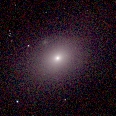 M 86 |
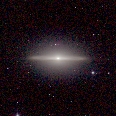 NGC 4594 |
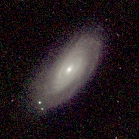 M 88 |
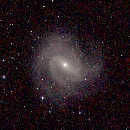 M 83 |
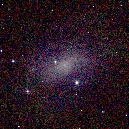 NGC 300 |
 NGC 4214 |
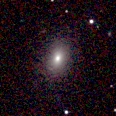 NGC 50 |
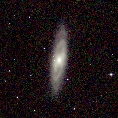 M 65 |
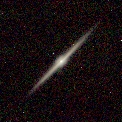 NGC 4565 |
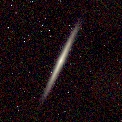 NGC 5907 |
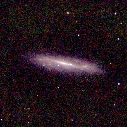 M 108 |
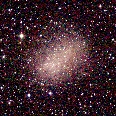 IC 10 |
SB0 |
SBa |
SBb |
SBc |
SBd |
SBm |
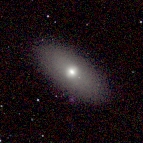 NGC 3371 |
 M 98 |
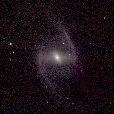 NGC 1365 |
 M 108 |
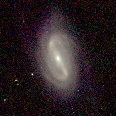 NGC 2903 |
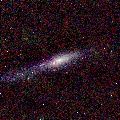 NGC 55 |
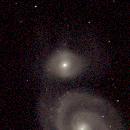 M 51b |
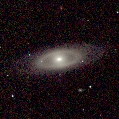 NGC 4274 |
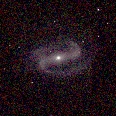 NGC 1300 |
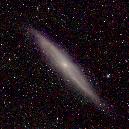 NGC 4945 |
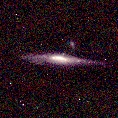 NGC 4631 |
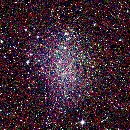 NGC 6822 |
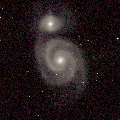 M 51 (Sbc peculiar) |
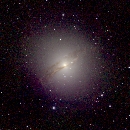 Centaurus A (E/S0 peculiar) |
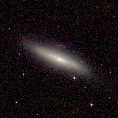 M 82 (starburst) |
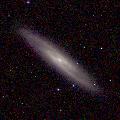 NGC 253 (SBc; starburst) |
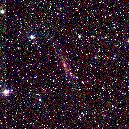 Hurt 1 (Sd?; 2MASS ZoA discovery) |
 ESO 512-G13 (Sa peculiar) |